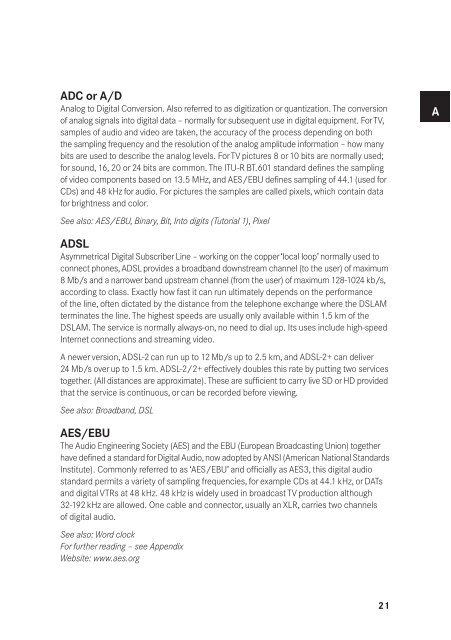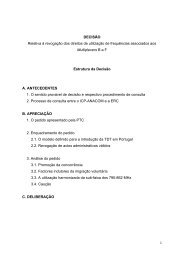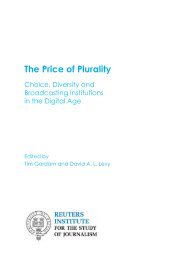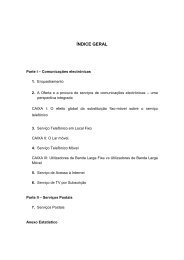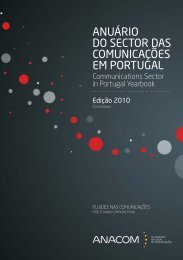The Digital Fact Book - Quantel
The Digital Fact Book - Quantel
The Digital Fact Book - Quantel
- No tags were found...
You also want an ePaper? Increase the reach of your titles
YUMPU automatically turns print PDFs into web optimized ePapers that Google loves.
ADC or A/DAnalog to <strong>Digital</strong> Conversion. Also referred to as digitization or quantization. <strong>The</strong> conversionof analog signals into digital data – normally for subsequent use in digital equipment. For TV,samples of audio and video are taken, the accuracy of the process depending on boththe sampling frequency and the resolution of the analog amplitude information – how manybits are used to describe the analog levels. For TV pictures 8 or 10 bits are normally used;for sound, 16, 20 or 24 bits are common. <strong>The</strong> ITU-R BT.601 standard defines the samplingof video components based on 13.5 MHz, and AES/EBU defines sampling of 44.1 (used forCDs) and 48 kHz for audio. For pictures the samples are called pixels, which contain datafor brightness and color.ASee also: AES/EBU, Binary, Bit, Into digits (Tutorial 1), PixelADSLAsymmetrical <strong>Digital</strong> Subscriber Line – working on the copper ‘local loop’ normally used toconnect phones, ADSL provides a broadband downstream channel (to the user) of maximum8 Mb/s and a narrower band upstream channel (from the user) of maximum 128-1024 kb/s,according to class. Exactly how fast it can run ultimately depends on the performanceof the line, often dictated by the distance from the telephone exchange where the DSLAMterminates the line. <strong>The</strong> highest speeds are usually only available within 1.5 km of theDSLAM. <strong>The</strong> service is normally always-on, no need to dial up. Its uses include high-speedInternet connections and streaming video.A newer version, ADSL-2 can run up to 12 Mb/s up to 2.5 km, and ADSL-2+ can deliver24 Mb/s over up to 1.5 km. ADSL-2/2+ effectively doubles this rate by putting two servicestogether. (All distances are approximate). <strong>The</strong>se are sufficient to carry live SD or HD providedthat the service is continuous, or can be recorded before viewing.See also: Broadband, DSLAES/EBU<strong>The</strong> Audio Engineering Society (AES) and the EBU (European Broadcasting Union) togetherhave defined a standard for<strong>Digital</strong> Audio, now adopted by ANSI (American National StandardsInstitute). Commonly referred to as ‘AES/EBU’ and officially as AES3, this digital audiostandard permits a variety of sampling frequencies, for example CDs at 44.1 kHz, or DATsand digital VTRs at 48 kHz. 48 kHz is widely used in broadcast TV production although32-192 kHz are allowed. One cable and connector, usually an XLR, carries two channelsof digital audio.See also: Word clockFor further reading – see AppendixWebsite: www.aes.org21


